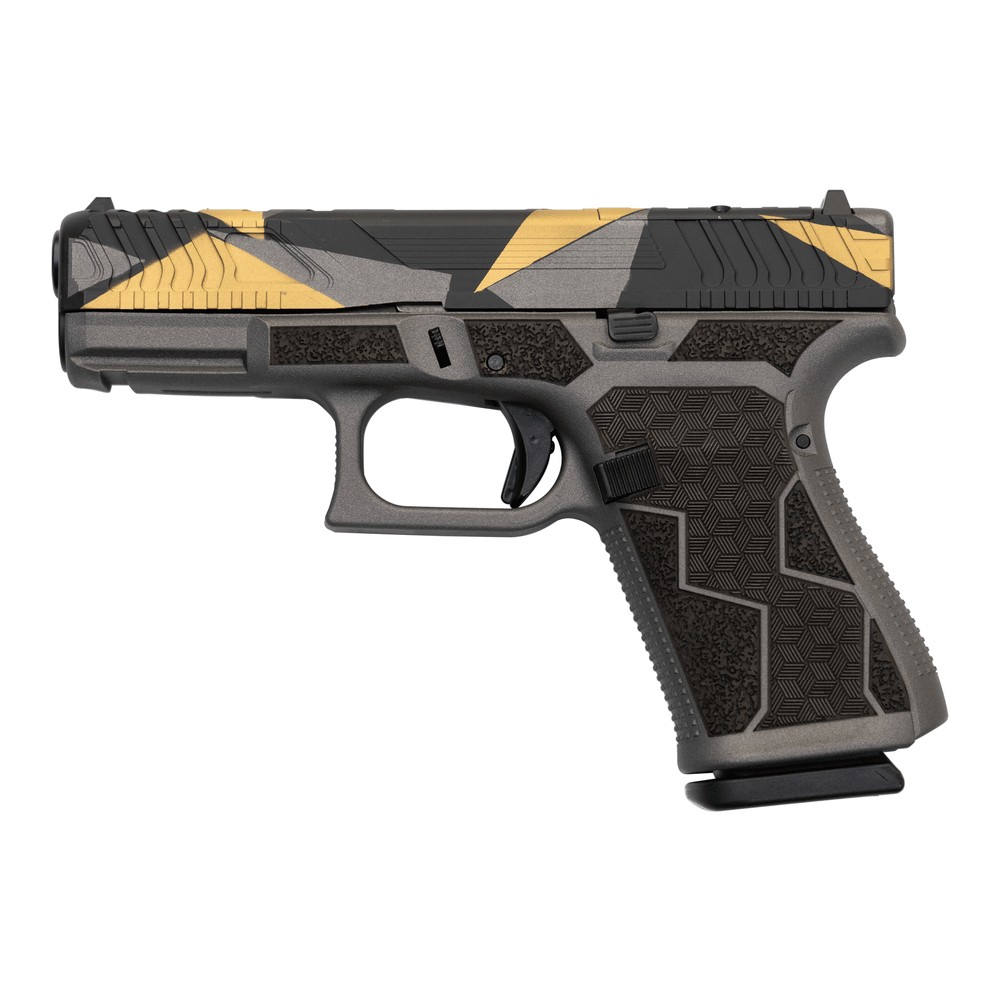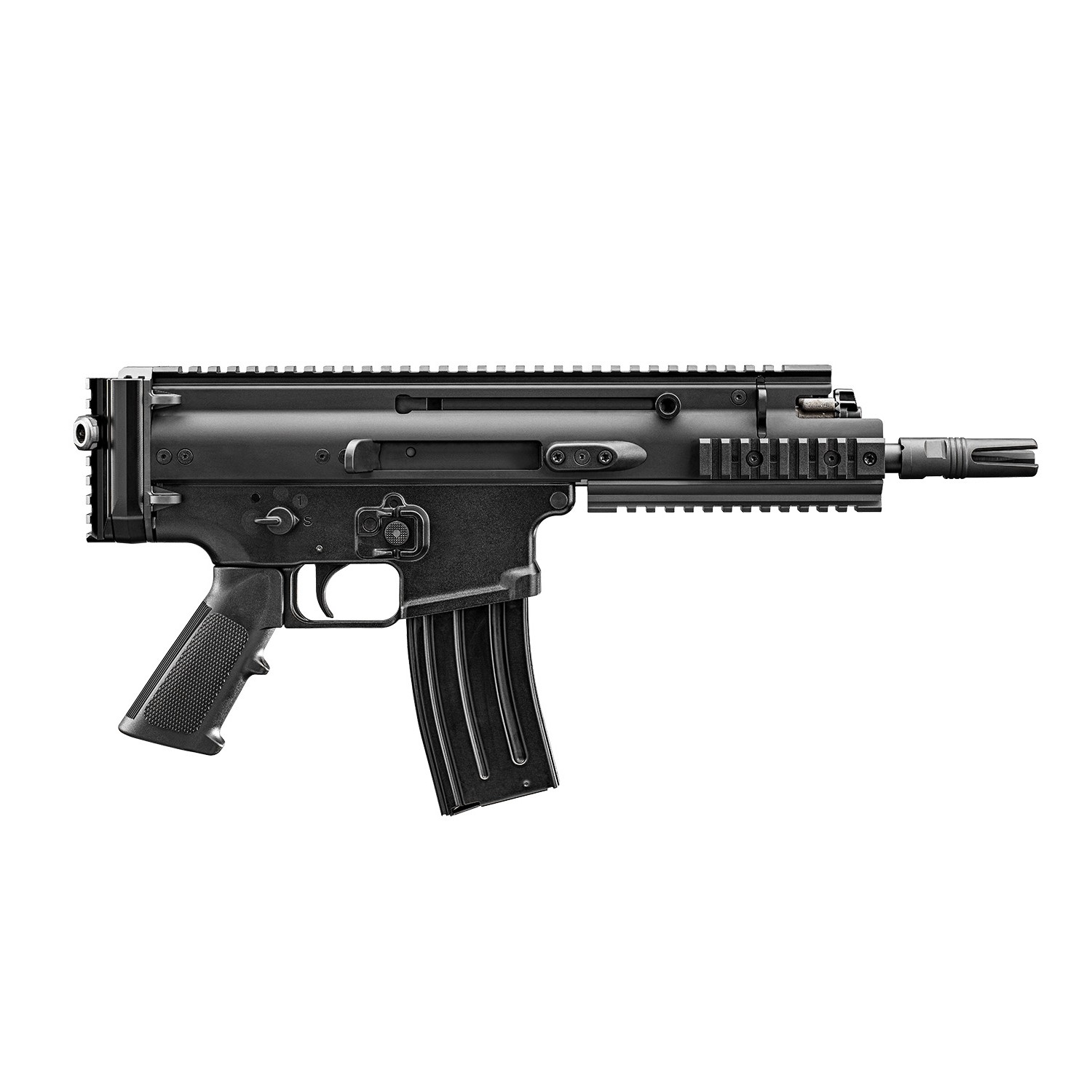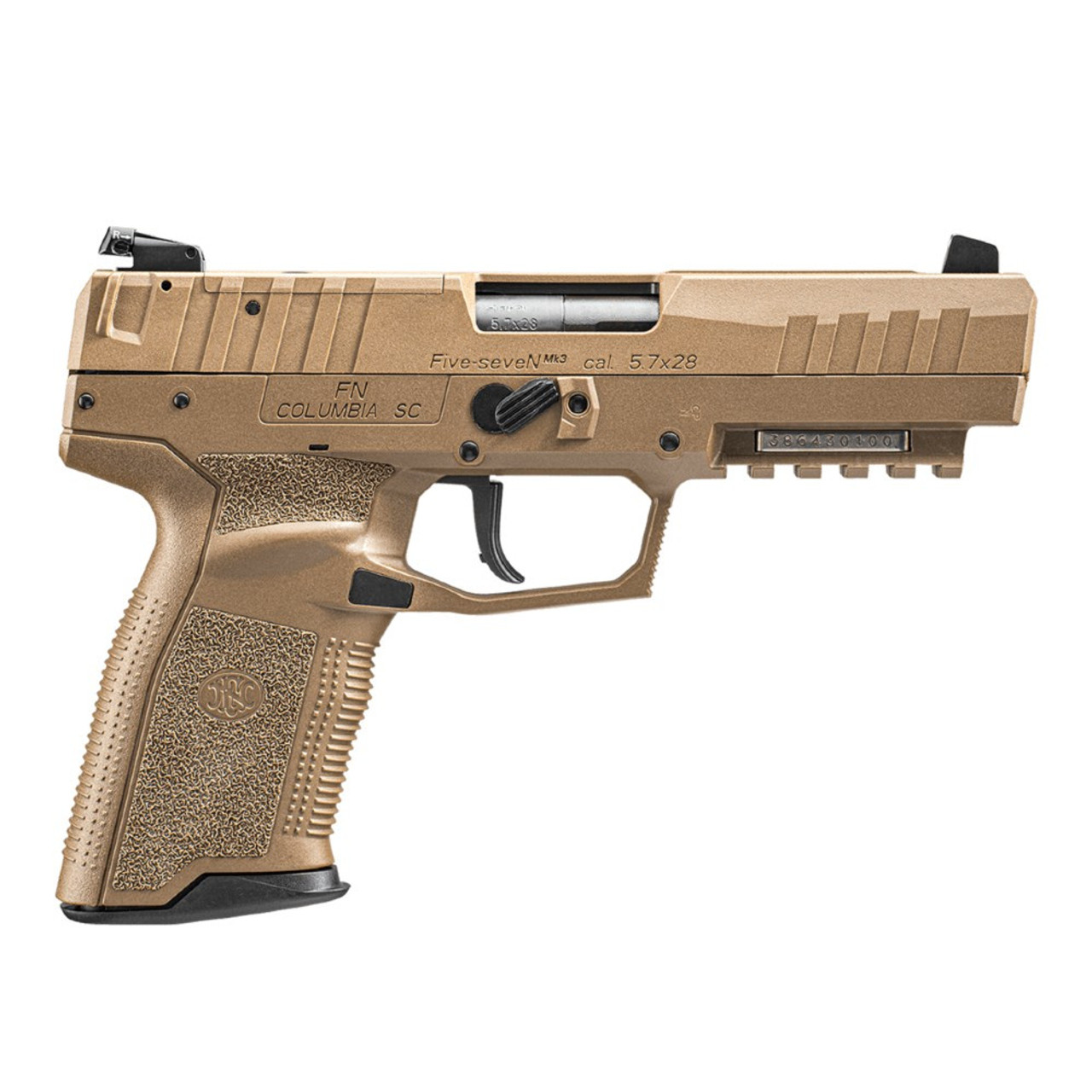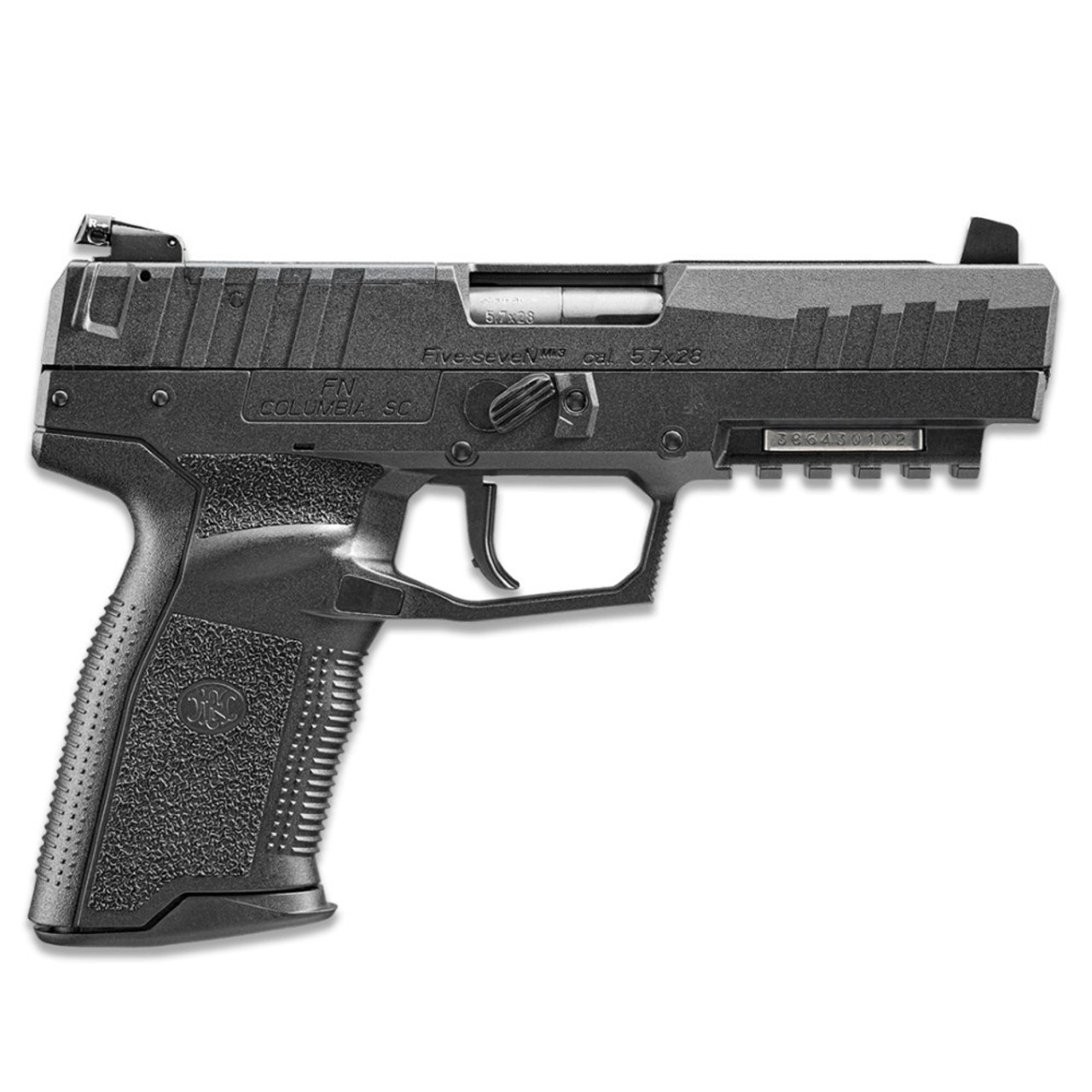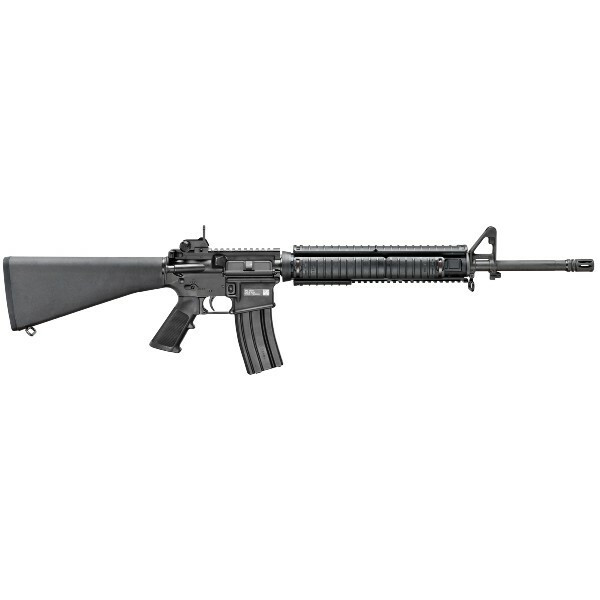The Armory
The World's Finest Equiptment. At Your Fingertips.

Every Part and Piece is Vetted
We are a small group of professionals and enthusiasts. We only offer equipment we would use ourselves. That's the AOK difference.
Learn More
Split Your Purchase Into 4 Payments
Learn MoreSplit your entire online purchase into 4 interest-free payments, over 6 weeks with no impact to your credit.


